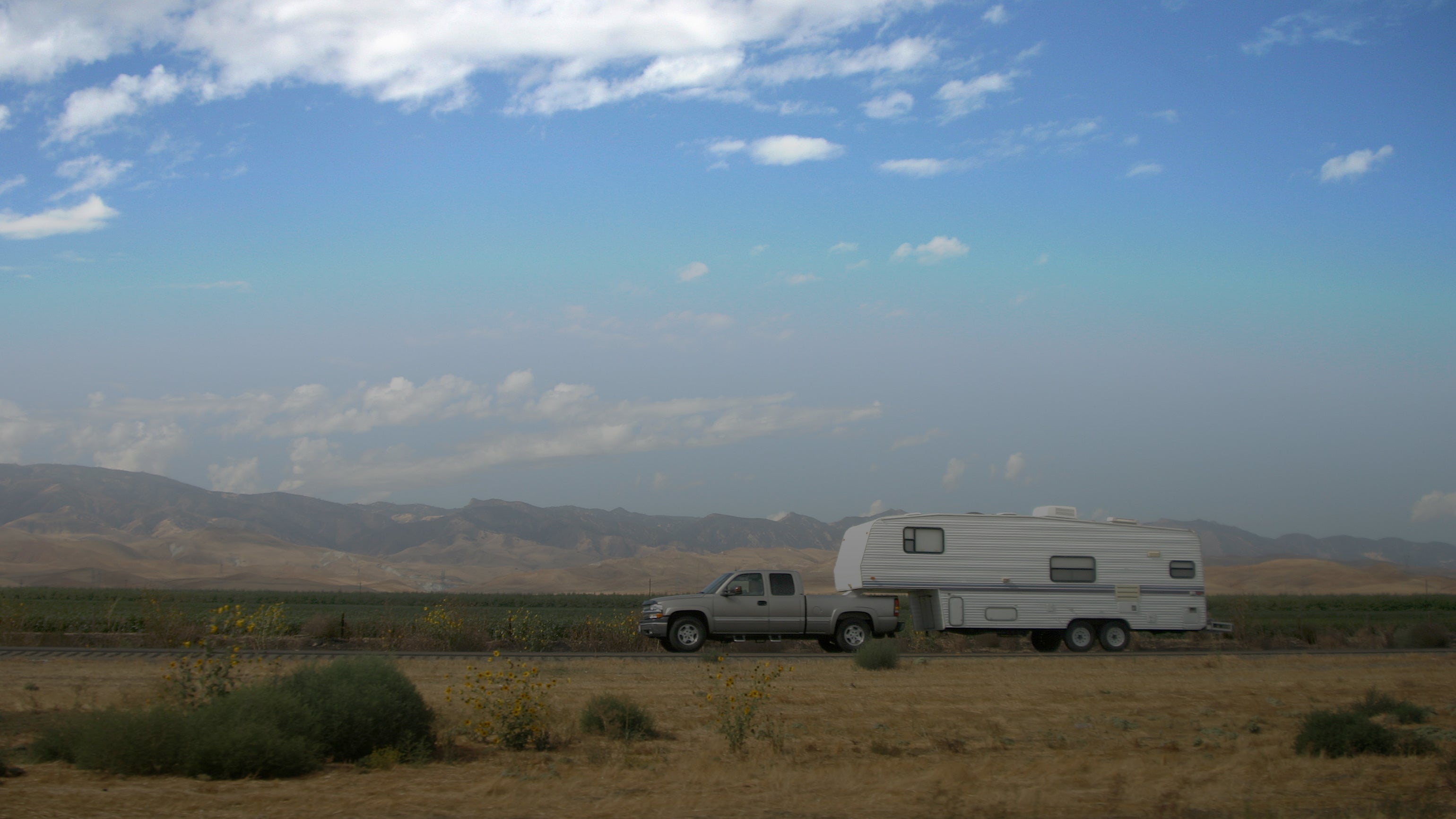
FAQ's
Collapsible content
How to Measure a Trailer Axle
Ordering a new trailer axle requires precise measurements to ensure a proper fit and optimal performance. Even if you're dealing with a bent axle or other challenges, accuracy is paramount to avoid wasted time, resources, and potential safety issues. Here's a comprehensive guide to help you obtain accurate measurements:
- Assess the Current Axle: Begin by thoroughly examining the existing axle. Note any visible damage, such as bends or cracks, as this may affect your measurements and subsequent axle selection.
- Prepare for Measurement: With the trailer securely supported and wheels removed, gather the necessary tools for measurement. These may include a tape measure, calipers, and a level surface for accurate readings.
- Hub Face Measurement: Measure the distance between the outer edges of the hub faces on opposite sides of the axle. This hub face measurement serves as a fundamental indicator of axle size and alignment.
- Spring Center Measurement: Determine the distance between the centers of the trailer's leaf spring mounts. This measurement ensures proper alignment and suspension performance.
- End-to-End Spindle Measurement: Measure the distance from one spindle's end to the opposite spindle's end. This measurement provides insight into the axle's overall length and alignment.
- Axle Tube Diameter: Measure the diameter of the axle tube accurately. This measurement, often correlated with axle capacity, helps ensure compatibility with replacement options.
- Additional Considerations: Take note of other identifying features, such as axle capacity, wheel bolt/lug pattern, and manufacturing details. These factors further aid in selecting the appropriate replacement axle.
- Compensate for Damage: If the axle is bent or damaged, adjust your measurements accordingly. Take multiple measurements from different reference points to ensure accuracy despite any irregularities.
- Consultation and Verification: When in doubt, seek guidance from axle manufacturers, trailer experts, or reputable retailers. Verify your measurements and axle specifications to minimize the risk of errors.
- Double-Check and Confirm: Before ordering the new axle, review your measurements and ensure they align with the axle's specifications. Double-checking prevents potential mistakes and ensures a successful replacement process.
By following this detailed guide and prioritizing accuracy in your measurements, you can confidently order a new trailer axle that fits seamlessly and enhances the safety and performance of your trailer.
Why Accurate Measurements Matter
Getting the right measurements ensures the new axle fits well with your trailer's wheels and frame, making it work smoothly. If it's not aligned properly, your tires might wear out unevenly, the trailer might handle poorly, and it could be risky when towing.
Tools You’ll Need
- A good tape measure
- A straight edge or level
- A notepad and pen to jot down your measurements.
Understanding Key Measurements
- Hub Face Measurement:The hub face measurement is vital. It's the distance between one hub's face to the opposite hub's face. Measure from where the wheel touches the hub's face at the back. This determines the axle's width and ensures your wheels fit well under the trailer.
- Spring Center Measurement:This measures the distance between the centers of the spring pads, where the axle connects to the trailer's leaf springs. Accurately measuring this helps ensure the new axle aligns correctly with your trailer's suspension system. Adding 2 inches to this measurement can estimate the frame width. See diagram for spring center below.
How to Measure if You’re Missing a Axle Hub or if Axle is Bent
Measuring a trailer axle, especially when parts are missing or it's bent, can feel tricky. But you can still estimate or calculate the dimensions you need for replacement or repair. One method is the Spring Center + Overhang approach, where you measure both and do a simple calculation.
- Spring Center: This is the distance between the centers of the two spring mounts on the axle. It's important because it determines where the axle will sit in relation to the trailer's frame.
- Overhang: This is the distance from the spring center to the end of the axle where the hub is located. You measure this on one side and then double it to account for both sides of the axle.
- Calculation: To get the hub face measurement, you add the spring center measurement to twice the overhang. The hub face is the total width of the axle from one hub's flat face (where the wheel mounts) to the other. (Spring Center + Overhang x 2 = Hubface)
How to Measure if You’re Missing Both Axle Hubs | Flange to Flange
If both axle hubs are missing, measure the distance between the outer faces of the brake flanges at each end of the axle. Then, depending on the axle capacity:
- For 2,000 lb Axles: Add 7 inches to the Flange Length.
- For 3,500 lb Axles: Add 6 inches to the Flange Length.
- For 6,000 lb Axles: Add 9 inches to the Flange Length.
- For 7,000 lb Axles: Add 9 inches to the Flange Length.
How to Measure Overall Length for Determined Hub face
If you're missing brake flanges or axle hubs, don't fret. You can still use the overall length measurement to determine the hubface distance.
- For 2,000 lb Axles: Subtract 5 inches from the Overall Length.
- For 3,500 lb Axles: Subtract 5 inches from the Overall Length.
- For 6,000 lb Axles: Subtract 6 inches from the Overall Length.
- For 7,000 lb Axles: Subtract 6 inches from the Overall Length.
Final Tips
- Always double-check your measurements for accuracy.
- If you're unsure about any specifications, consult with professionals or the manufacturer.
- Remember, taking your time to get these measurements right is crucial for your trailer's performance and safety.
